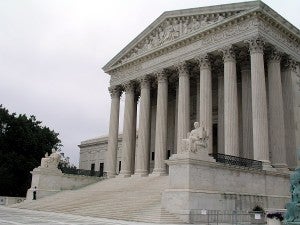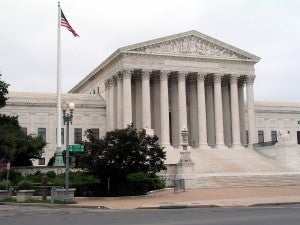 You’ve probably heard the saying “life is a journey,” but this could not be more true for EPSA v. FERC, the landmark demand response case clean energy experts have been eyeing for more than a year as it’s made its way through the U.S. legal system.
You’ve probably heard the saying “life is a journey,” but this could not be more true for EPSA v. FERC, the landmark demand response case clean energy experts have been eyeing for more than a year as it’s made its way through the U.S. legal system.
Starting in the D.C. Circuit Court of Appeals back in May 2014, EPSA v. FERC (also known as the “FERC Order 745 case”) now rests with the U.S. Supreme Court where, today, it was given new life when the Justices accepted the U.S. Solicitor General’s request for review submitted on behalf of the Federal Energy Regulatory Commission (“FERC”). Review was granted on both petitions, which have been consolidated, by FERC and Enernoc, et. al, case numbers 14-840 and 14-841. The Supreme Court granted review to both central questions, one about FERC’s authority and a second about challenges to central provisions to the order providing for fair valuation of demand response. Environmental Defense Fund (EDF), along with a broad coalition of consumer advocates and environmental groups, supported FERC’s petition before the Supreme Court earlier this year and will continue to do so as the matter is reviewed by the high Court.
The decision to review the case is great news for demand response, a voluntary energy conservation tool that relies on people and technology, not power plants, to affordably meet our country’s rising electricity needs. It’s also a welcome sign for the Federal Energy Regulatory Commission (FERC) – the government entity tasked with ensuring our electric rates are ‘just and reasonable’ – and anyone in favor of cleaner, more reliable, lower-cost energy. Read More














